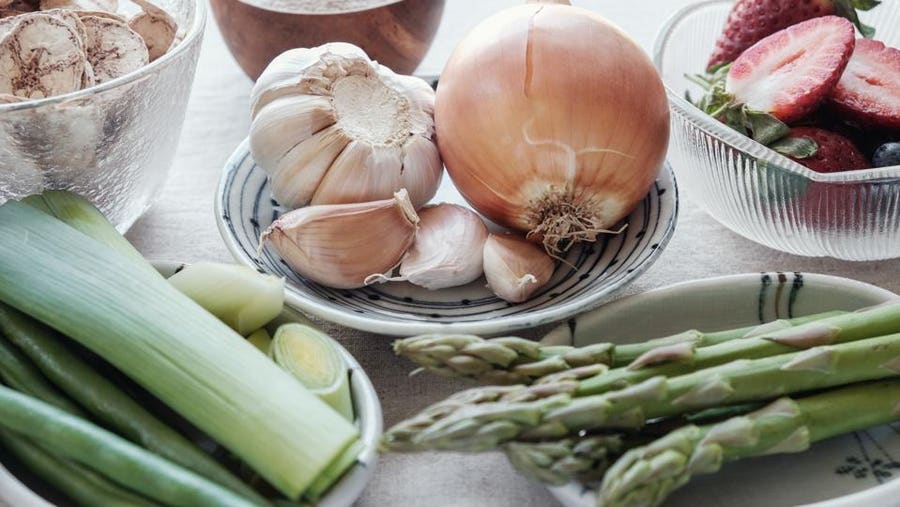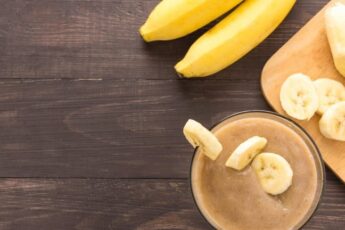Prebiotics have garnered significant attention in the health and wellness community, and for good reason. These non-digestible compounds play a crucial role in promoting a healthy gut microbiome, which is essential for overall well-being. Here’s a breakdown of what prebiotics are, why they matter, and how you can incorporate them into your diet.
Understanding Prebiotics
Prebiotics are types of dietary fiber that feed the beneficial bacteria in your gut. Unlike probiotics, which are live beneficial bacteria, prebiotics are the food these bacteria thrive on. They are found in various plant-based foods and serve as a fuel source for gut flora, helping them flourish and maintain a balanced microbiome.
The Benefits of Prebiotics
Improved Digestive Health: Prebiotics help enhance the growth and activity of beneficial gut bacteria, leading to improved digestion and absorption of nutrients. This can result in fewer digestive issues, such as constipation and bloating.
Enhanced Immune Function: A healthy gut microbiome supports the immune system. By fostering beneficial bacteria, prebiotics can help strengthen immune responses and potentially reduce the risk of infections.
Better Mental Health: Emerging research suggests a link between gut health and mental well-being. A balanced gut microbiome, supported by prebiotics, may influence mood and mental health positively.
Weight Management: Some studies indicate that prebiotics might aid in weight management by promoting feelings of fullness and improving metabolism.
Sources of Prebiotics
Prebiotics are found in a variety of foods, particularly those high in certain types of fiber. Incorporating these foods into your diet can help you reap the benefits of prebiotics:
Chicory Root: Often used as a coffee substitute, chicory root is rich in inulin, a type of prebiotic fiber.
Garlic: Known for its flavor and health benefits, garlic contains fructooligosaccharides (FOS), which are prebiotics.
Onions: Onions are a great source of FOS and can be easily added to many dishes.
Bananas: Particularly when slightly under-ripe, bananas provide a good amount of prebiotic fiber.
Asparagus: Asparagus is high in inulin and is a versatile vegetable that can be included in various recipes.
Leeks: Similar to onions and garlic, leeks contain prebiotic fibers that support gut health.
Tips for Incorporating Prebiotics
Start Slowly: If you’re not used to eating high-fiber foods, introduce prebiotics gradually to avoid digestive discomfort.
Variety is Key: Incorporate a range of prebiotic-rich foods into your diet to ensure you get a broad spectrum of benefits.
Cook Lightly: Some prebiotics are sensitive to heat. Eating foods like bananas raw or lightly cooking vegetables can help preserve their prebiotic content.
Combine with Probiotics: Pairing prebiotics with probiotic-rich foods, like yogurt or kefir, can enhance the benefits for your gut microbiome.
Conclusion
Prebiotics are a vital component of a healthy diet, offering numerous benefits for digestive health, immune function, and overall well-being. By understanding what prebiotics are and how to incorporate them into your meals, you can support a balanced and thriving gut microbiome. Adding a variety of prebiotic-rich foods to your diet is a simple yet effective way to boost your health and enhance your quality of life.






